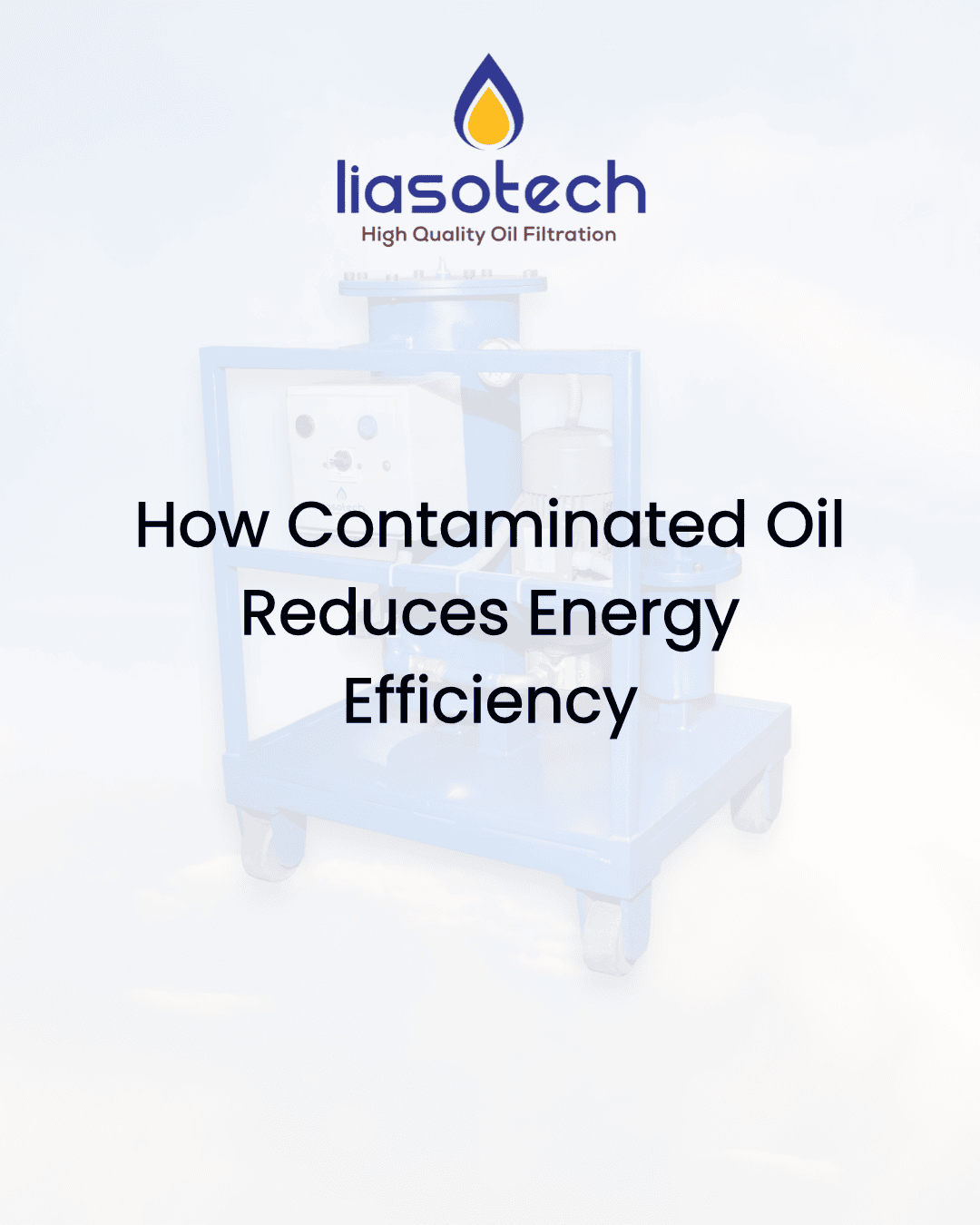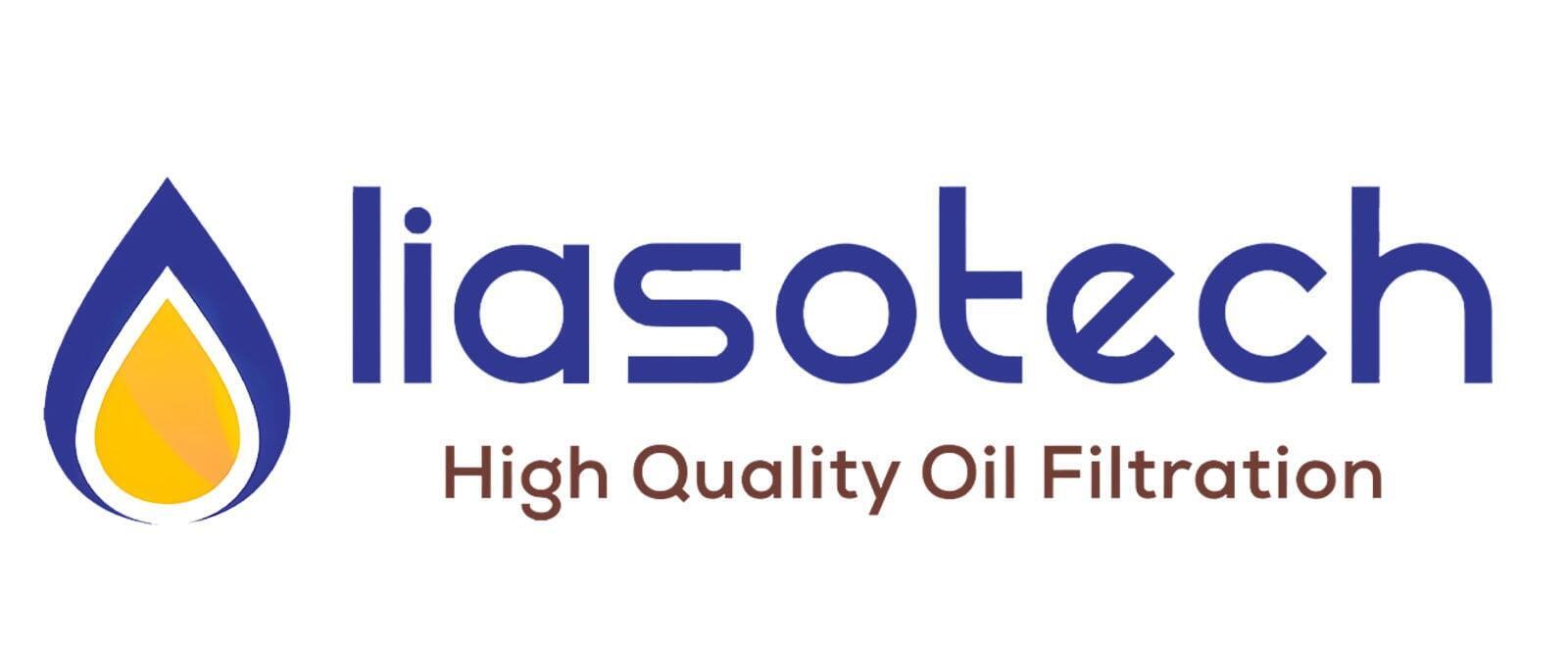
Picture this: Your production line is humming along, energy costs are climbing, and despite your best efforts, efficiency numbers keep sliding downward. You've checked your processes, upgraded equipment, and optimized workflows. Yet something invisible is steadily draining your energy budget - contaminated oil.
What is contaminated oil?
Oil contamination means the presence of undesirable substances in oil, which can impair its effectiveness as a lubricant or cause damage to equipment. These contaminants can be solid, water, fuel or even chemicals changes within the oil itself.
Types of contaminants
Solid Particles - Dirt, dust, metal particles from wear and tear, and other debris can accumulate in the oil.
Water - Water contamination occurs when there is moisture forming in the oil, also giving rise to bacterial growth.
Chemical - Chemical contamination can happen within the oil, such as additive depletion and oxidation, can also degrade the oil.
The science behind the energy drain:-
Friction
Clean oil creates a barrier between moving parts, allowing machinery to operate with minimal resistance. When contaminants enter the system, this protective barrier breaks down catastrophically.
Particle Contamination introduces abrasive elements that increase friction by 15-30%. In a steel rolling mill, this translates to motors working 20-25% harder just to maintain the same production speeds.
Water Contamination disrupts oil's lubricating properties, causing micro-welding between metal surfaces. Chemical processing plants often see energy consumption spike by 12-18% when water levels exceed 200 ppm in hydraulic systems.
How to Prevent Contaminated Oil from Killing Your Efficiency
A Clean Oil Policy Is an Energy Policy
Think of oil not just as a lubricant, but as a carrier of energy efficiency. In an age of rising power costs and sustainability goals, allowing contamination is like flushing money and energy down the drain.
